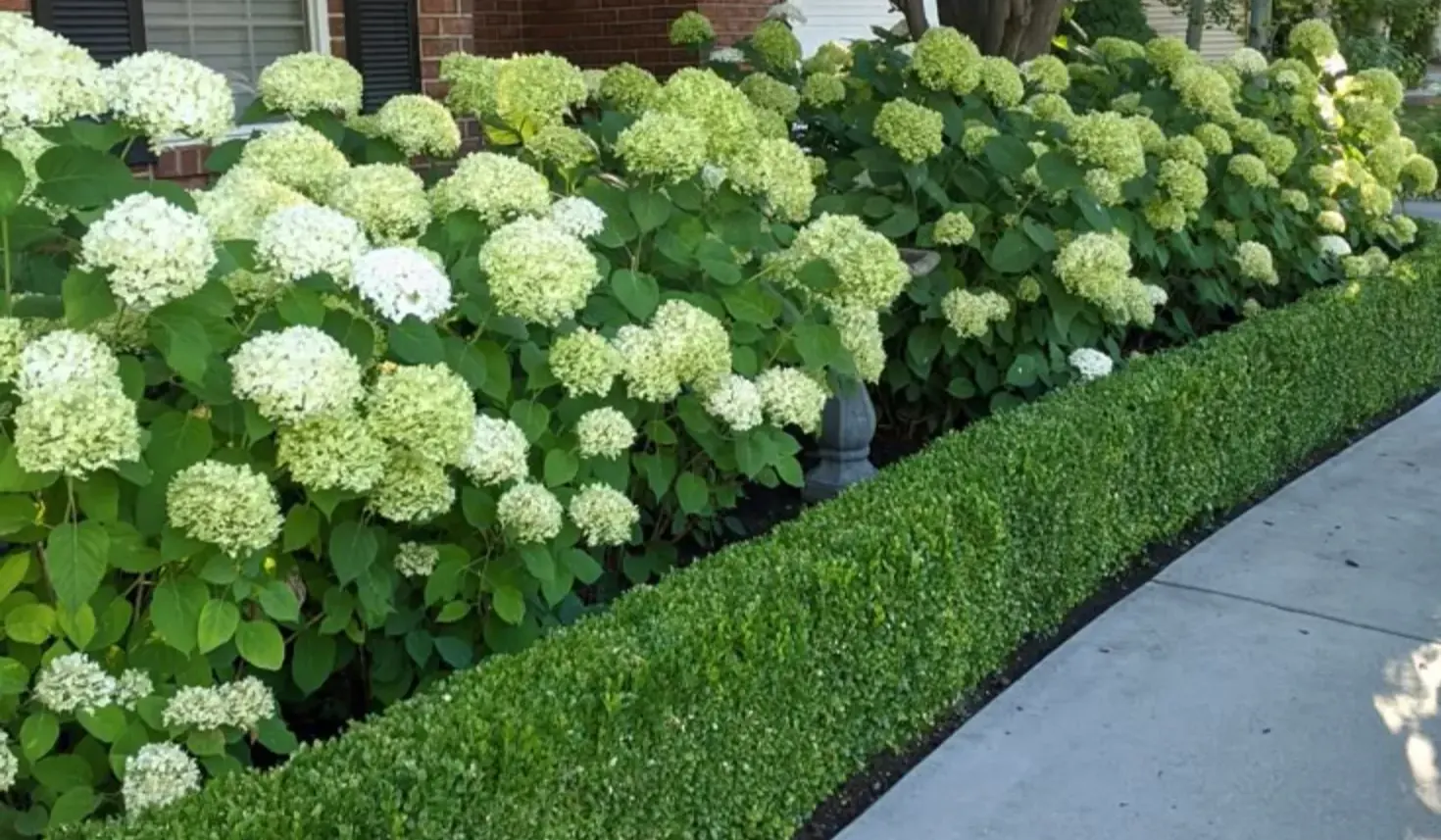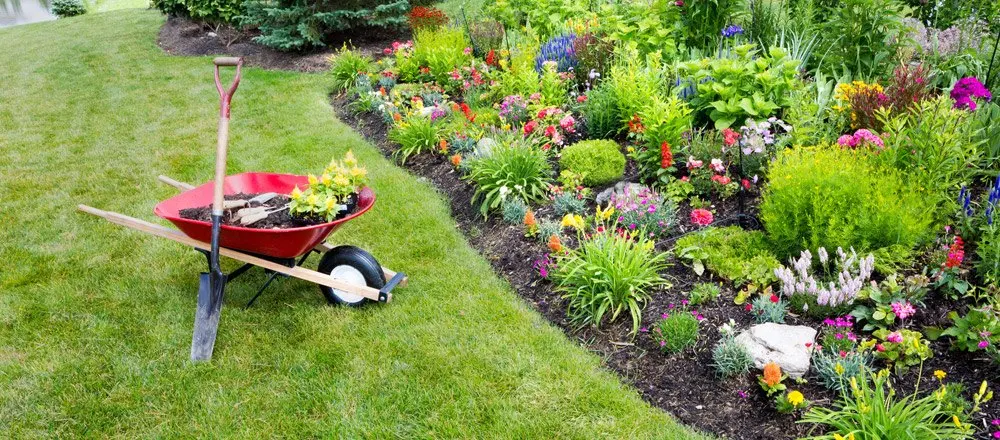Your home’s exterior is the first thing people notice, so why not make it welcoming and attractive with the right plants? Enhancing your curb appeal doesn’t have to be complicated or expensive. By strategically choosing plants that fit your style and environment, you can transform your home’s front yard into a warm, inviting space.
Start with Structure
When designing your front yard garden, think about plants that provide structure and shape. Boxwoods or holly bushes are great for creating neat, defined borders or hedges. These plants can help frame your house and provide a classic, tidy look that never goes out of style.
Add Color with Flowers
A pop of color can brighten up any home. Planting flowers that bloom in different seasons ensures your yard stays vibrant year-round. In spring and summer, consider adding hydrangeas, marigolds, or tulips to add that cheerful touch. For fall, mums and ornamental kale bring in rich, autumn hues.

Climbing Vines for Vertical Interest
Climbing plants like clematis or ivy are perfect for adding vertical interest. Whether draped along a trellis, fence, or the side of your house, these plants can create a soft, romantic feel to your home’s exterior. They also provide a beautiful backdrop for other flowers and shrubs.
Consider Evergreen Shrubs
Evergreens like rhododendrons and azaleas offer a splash of color and greenery year-round. They’re perfect for adding structure while ensuring your garden doesn’t look bare during the colder months.
Don’t Forget the Front Door
Sometimes, it’s the little things that make the biggest difference. Adding a few potted plants on either side of your front door can immediately boost your curb appeal. Opt for large pots with seasonal flowers, or keep it simple with evergreen shrubs.
With these plants, you can create a welcoming entry that will charm guests and passersby. A thoughtfully designed front yard can not only enhance your home’s look but increase its value, too.
